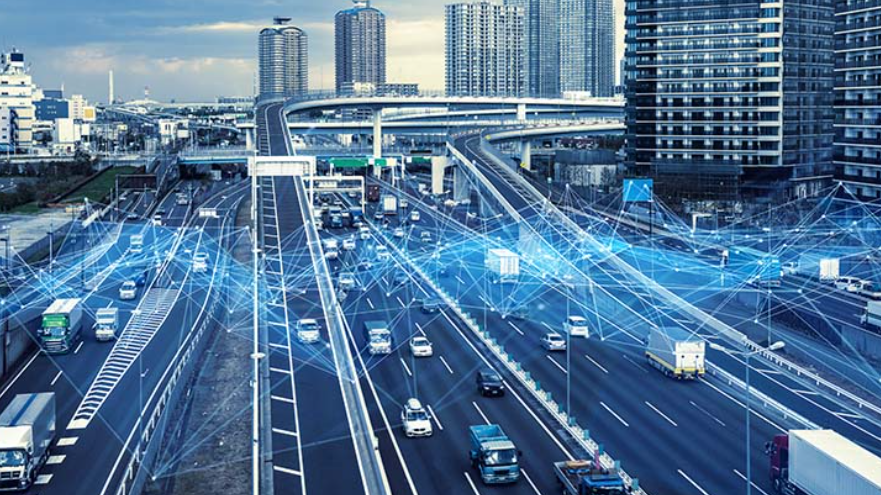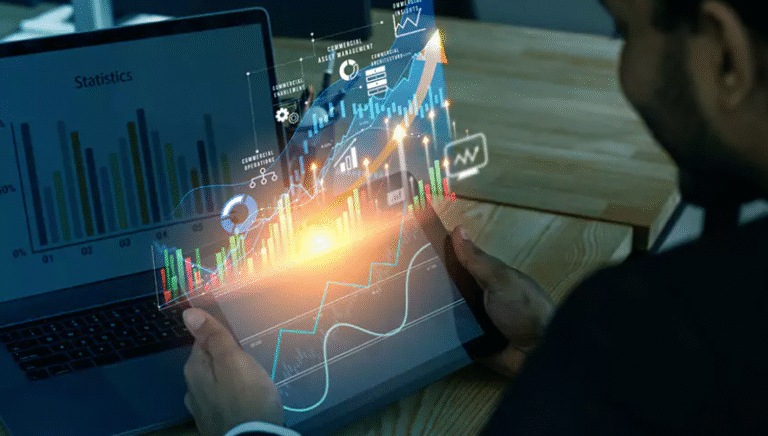The Role of Technology in Improving Public Transportation Systems
Technology significantly impacts public transportation systems, enhancing their functionality and efficiency. Real-time information provides commuters with crucial updates, while smart ticketing solutions and QR codes streamline payment processes. Furthermore, data-driven planning optimizes routes, contributing to environmental sustainability.
Enhancing Commuter Experience With Real-Time Information
How can real-time information transform the commuter experience in public transportation systems?
Real-time updates significantly enhance user satisfaction by providing timely data on arrivals, delays, and service changes.
User-friendly interfaces facilitate easy access to this information, empowering commuters to make informed decisions.
Such advancements not only reduce anxiety associated with uncertainty but also promote greater freedom and efficiency in navigating urban transit networks.
See also: The Role of Technology in Modern Healthcare Innovations
Streamlining Payments Through Smart Ticketing Solutions
Real-time information systems have set the stage for further innovations in public transportation, particularly in the realm of payment processing through smart ticketing solutions.
The integration of mobile wallets and contactless payments enhances user convenience, allowing passengers to complete transactions seamlessly. This shift not only reduces wait times but also empowers commuters with greater flexibility and freedom in how they navigate urban transit systems.
Promoting Sustainability With Data-Driven Transportation Planning
While urban populations continue to grow, the need for sustainable public transportation systems has become increasingly critical.
Data-driven transportation planning utilizes data analytics to optimize routes, enhance urban mobility, and minimize environmental impact. By analyzing commuting patterns and demographic trends, municipalities can implement efficient, eco-friendly solutions that promote sustainability.
Ultimately, this empowers citizens with greater freedom in their transportation choices while addressing climate change challenges.
Conclusion
In an era where technology promises to revolutionize public transportation, one might wonder why commuters still find themselves stranded or bewildered by outdated systems. Ironically, while innovations like real-time data and smart ticketing are designed to enhance efficiency, the gap between potential and reality often remains wide. Ultimately, the challenge lies not in the tools themselves, but in the willingness of transit authorities to fully embrace these advancements, ensuring that the future of public transport is as reliable as the technology that supports it.





